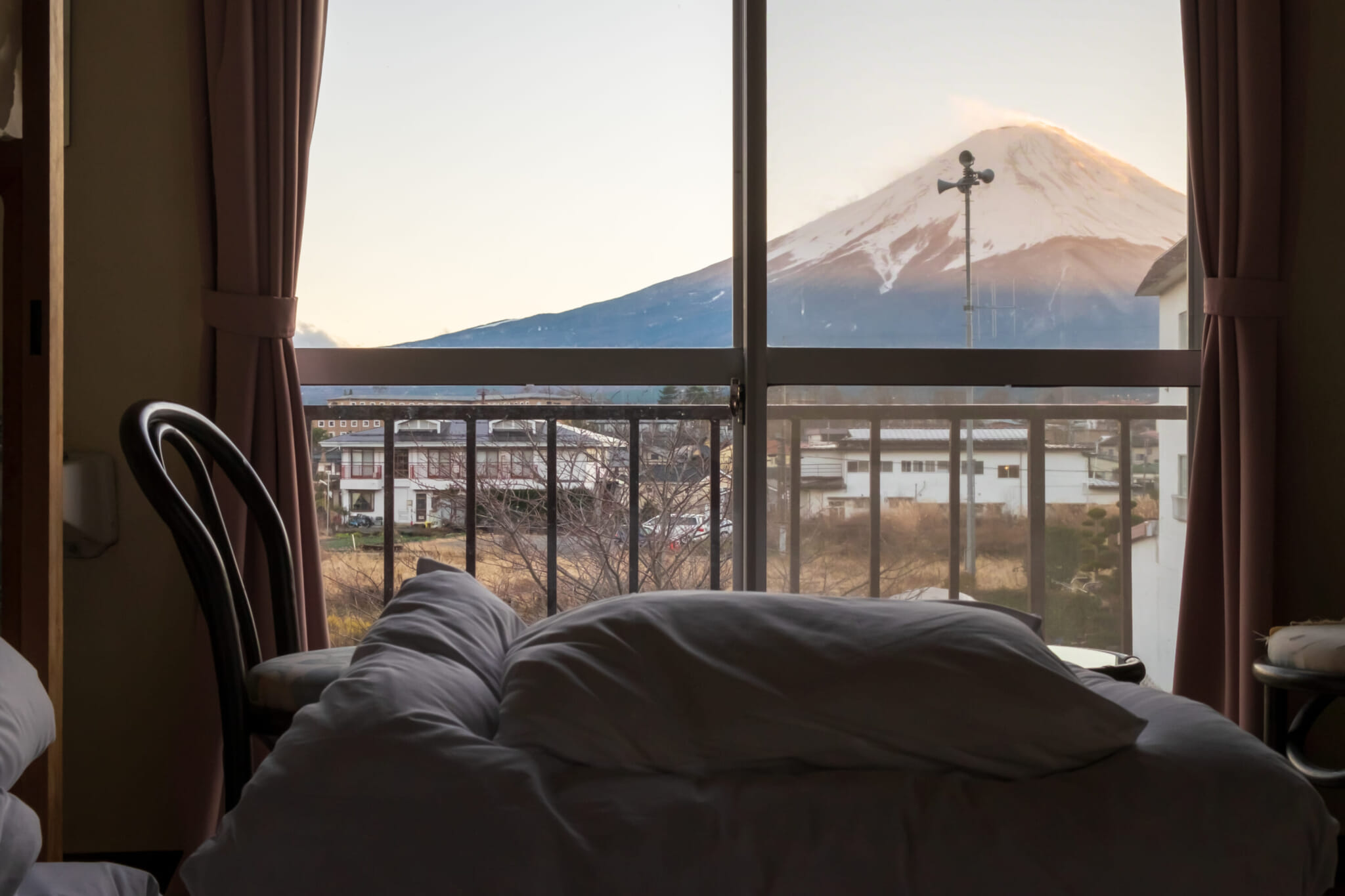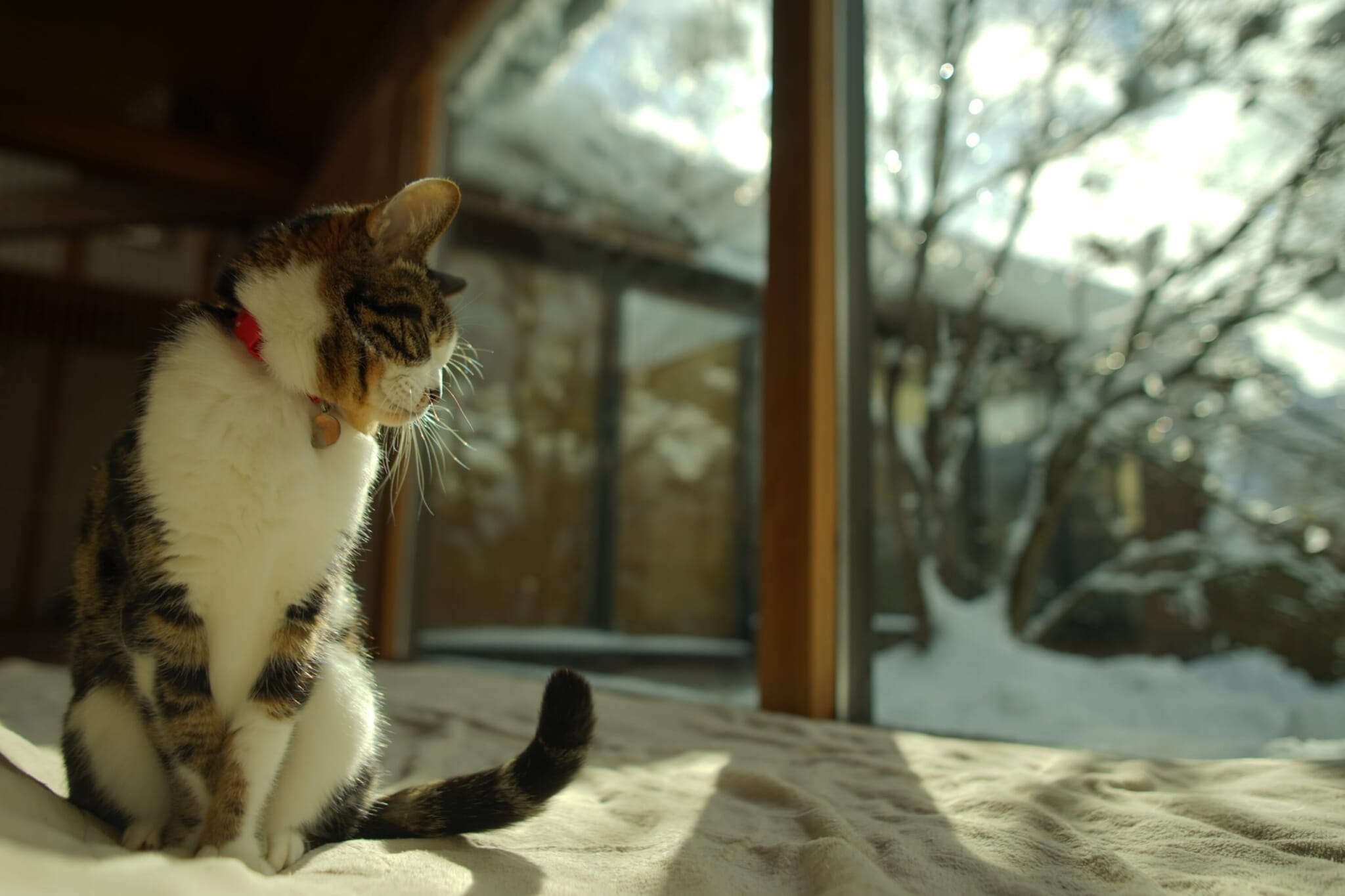The majority of Japanese houses are freezing or boiling, season dependent. In the summer, pumping the air conditioner full blast is the only way to relieve your room of the sweltering humidity and smog which coats the country come warmer months. Likewise, in winter as the frost starts to bite, it can feel colder inside than outside, the chill seeping through each room like Jack Frost. In a country which is known for its technological advancements, the houses shouldn’t really be as susceptible to the elements as they are. Yet once more, winter comes and you find yourself unable to leave the kotatsu (a low, wooden table covered by a futon) again.
The Reason Why Japanese Houses Stay Cold
Simply put: insulation. Until 2021, the government’s insulation guidelines were left untouched for over 20 years. The majority of Japanese new builds had no up-to-date guidelines that they had to follow. As a result, most of them were insulated to the standard that was acceptable in 1999. After much to-ing and fro-ing, a new energy conservation law was finally passed in June 2022, and from 2025 all new builds must be insulated to a high standard.
One probable reason that this upgrade took so long is related to Japanese cultural practices. The country embraces the seasons; think hanami in spring, autumn leaves and haiku. Why lock out the beautiful elements, which provide so much inspiration? In an uninsulated home, people are free to feel the elements: be cold in the winter and hot in the summer. Come fall and spring, a slight reprieve.
In the same vein, Japanese culture is admired for its wabi-sabi, “live and let live” attitude. Cultural practices such as kintsugi, a way of mending cracks by highlighting them in beautiful metallics, is an example of this. Not only does Japanese culture embrace the seasons as they are, it enjoys them in their entirety, harsh conditions and all. Take the kotatsu, for instance.
The house is cold and you can feel the the wind blowing throughout, but because of this, you’ll appreciate the kotatsu even more. Going from freezing cold to toasty warm feels way better than going from warm to warmer.

How to Keep Your House Warm in the Winter
Unsurprisingly, Japan has some innovations in order to warm up your house. Many can be found at the ¥100 shop or in your local home center. Our top tips are:
- Foam Tape スキーマテープ
Foam Tape is available in small or large quantities. It’s stickable foam tape, and works best for pasting up those cracks around windows and doors. Especially if you live in an old Japanese house, as the wood is likely to warp and crack will become wider. - Window Wrap 窓断熱シート
Window sheets are thick sheets or film filled with air. They can be stuck to the windows and are transparent, to let in as much light as possible. The sheets act almost like an extra layer of double glazing. - Hot Carpet ホットカーペット
Houses in Japan’s northernmost island of Hokkaido tend to come with underfloor heating for a reason: hot air rises. However, for those that live elsewhere in Japan then look no further than the venerable hot carpet. They aren’t too expensive to run and cost way less than air con and even a kotatsu. Simply plug in and camp out.








